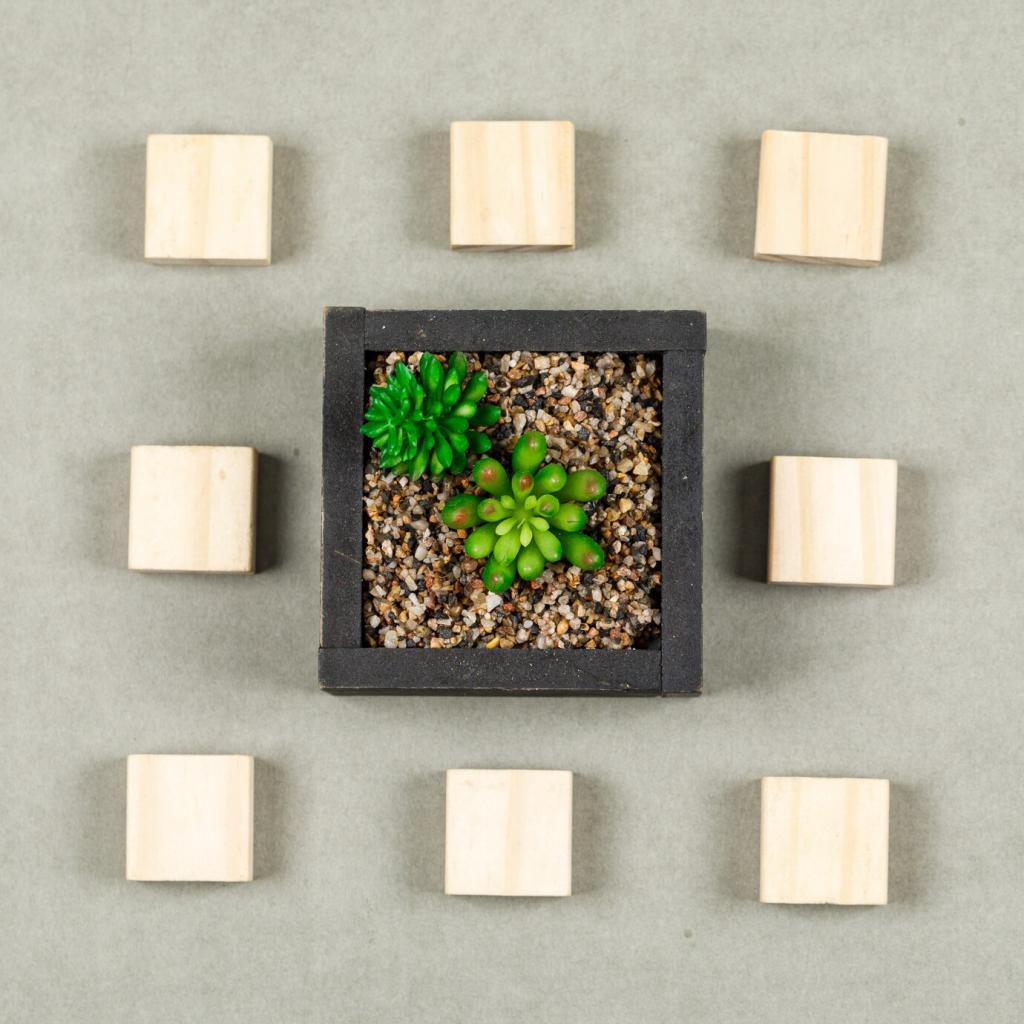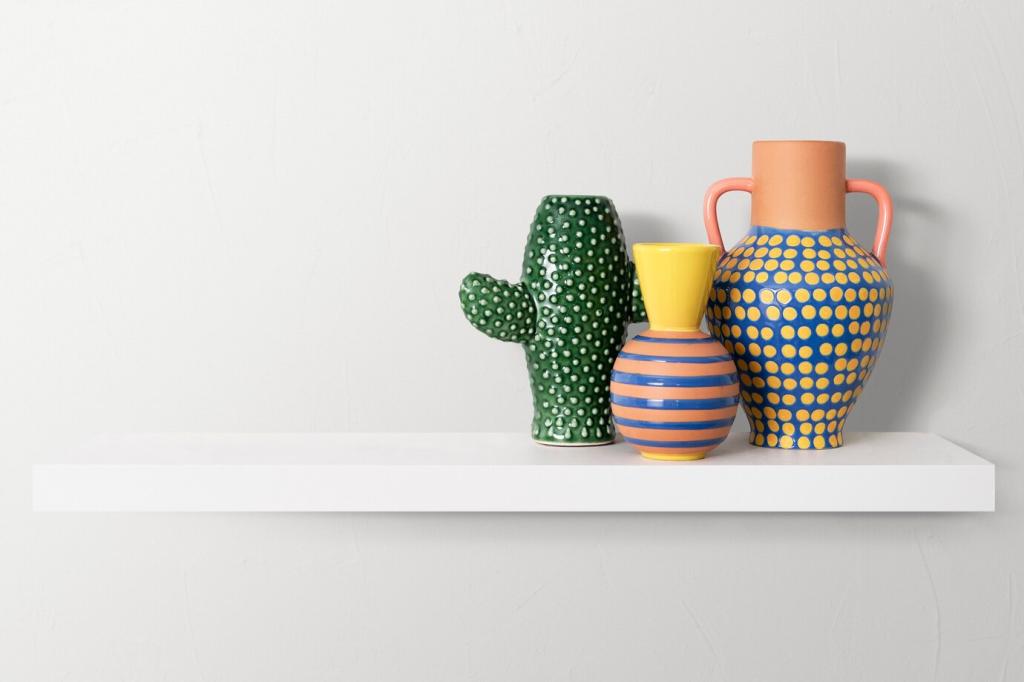Creative Ideas for Using Indoor Plants in Interior Design
Incorporating indoor plants into your home or office interior is about more than just aesthetics—it’s a transformative process that adds freshness, texture, and even improved air quality to your space. Plants are incredibly versatile design elements, capable of defining spaces, softening harsh lines, and introducing a vibrant, organic feel that adapts to any interior style. This page explores innovative ways to use indoor greenery as a central part of your décor, from statement-making arrangements to subtle touches, all aimed at elevating your interior environment.
Previous
Next
Statement Plant Displays
Converting an unused or forgotten corner of a room into a lush plant sanctuary can completely shift the ambiance. By grouping plants of varying heights, textures, and shades of green, you not only enliven an empty space but also add a sense of depth and coziness. Floor-to-ceiling arrangements using tall species like rubber trees or palms, anchored by a cluster of smaller houseplants, create layers that draw the eye upward and make your room feel more dynamic and inviting. Enhance the mood with complementary pots or baskets for a cohesive look.
Plant-Integrated Room Dividers
Open-plan layouts can benefit enormously from plant-integrated dividers. Freestanding shelving units or custom screens filled with cascading and upright species introduce visual separation without blocking light or disrupting airflow. As your personal green wall, it provides privacy, a sense of intimacy, and a tranquil atmosphere. These plant-filled dividers not only delineate different zones—such as living and dining—they also infuse each area with soothing, biophilic energy that enhances the overall environment.
Plants as Lighting Features
Combining plants with creative lighting offers a dual benefit: softness from greenery and ambiance from tailored illumination. Try suspending lightweight planters around pendant lights or positioning spotlights under large foliage plants to project dramatic leaf patterns onto walls and ceilings. This approach highlights both the sculptural forms of plants and the interplay of light and shadow, creating a warm, inviting setting. Using trailing varieties works especially well with hanging lights, turning a simple fixture into a glowing green accent that enhances the space both day and night.
Green Storage Solutions
Incorporating plants into storage units rethinks the traditional approach to organization. Built-in shelves or cabinetry can be adapted to house small pots of succulents or herbs, breaking up the rigidity of boxy compartments with bursts of green. In home offices or kitchens, this means essentials are stored neatly, while strategically placed plants lift the mood and encourage productivity. Such creative integration not only utilizes underappreciated spaces, but also keeps necessary items within reach, surrounded by calming, natural elements.

Hanging and Air Plants
Hanging plants and air plants are perfect for small spaces, offering greenery without sacrificing surface area. By suspending pots from the ceiling or mounting air plants on walls, you free up floors and tables for other uses. These options allow you to experiment with vertical layering and cascading arrangements, which draw the eye upwards and visually expand the space. Not only do such displays enliven blank walls and awkward nooks, but they also provide movement and whimsy that turn small areas into memorable, personal retreats.

Windowsill and Shelf Gardens
Even the slimmest ledge or windowsill can become a miniature garden. By placing compact pots or planters with herbs, succulents, or trailing vines along shelves, you maximize natural light and infuse functionality into overlooked spots. These tiny green vignettes personalize your environment, purify the air, and give you easy access to fresh scents and flavors—ideal for kitchens, bathrooms, or bedrooms. Rotating plant choices by season keeps the look dynamic, while clever use of tiered or stackable containers maximizes your available display area.
